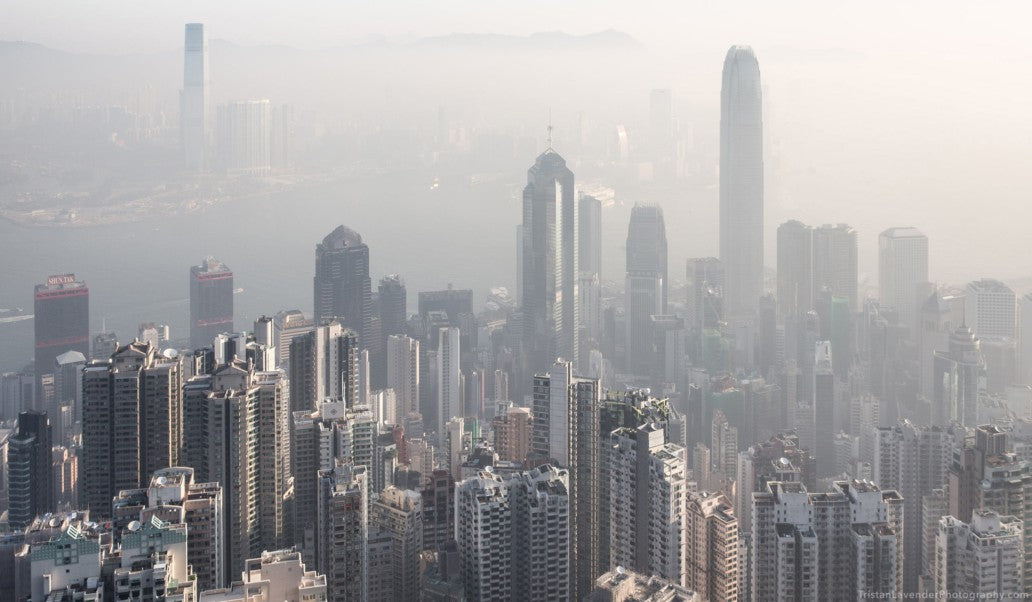
最近到外面看過嗎?情況可能相當模糊,尤其是在香港,這讓你想知道所有的空氣污染是否會抵消運動對健康的所有好處。
在許多方面,跑步被認為是一種「靈丹妙藥」——它很容易獲得,可以改善心臟健康,增強力量和骨密度,燃燒脂肪,改善情緒和睡眠質量,並對抗與年齡相關的認知能力下降。有什麼不喜歡的?
但當霧霾比豌豆湯還濃時,你該跑到外面嗎?毫不奇怪,當我們運動時,我們會吸入更多的空氣污染,因為我們的呼吸更深、更頻繁。以輕鬆的配速(最大攝氧量的 70%)跑三小時,您將在兩天內呼吸與久坐的人相同的呼吸量!
如果您在“煙霧慢跑”中感覺緩慢,請不要擔心,這是正常的。在氧化劑煙霧中的污染物中,一氧化碳會對您的血液利用紅血球輸送氧氣的能力產生可預見的有害影響。它會與血紅蛋白結合並阻止氧氣到達肌肉,從而損害運動表現。在濃霧中,多達 5% 的紅血球會被一氧化碳淹沒,導致輸送氧氣的細胞減少。
那麼,你能做些什麼來繼續跑步,同時最大限度地降低健康風險呢?
1. 避免真正糟糕的日子
《新英格蘭醫學雜誌》的一篇評論估計,在污染嚴重的城市中,每天騎自行車出行最多可縮短人的壽命 40 天,但額外的鍛煉會使人的壽命延長 3 至 14 個月。然而,《預防醫學》雜誌的一項研究表明,在中國一些污染最嚴重的城市,僅僅 60 分鐘的時間對健康的負面影響就超過了健康益處。
2.閉上你的嘴
在休息時,我們有一些針對污染的基本保護措施——我們的鼻子。 「嗅覺組織和鼻毛起到了第一道防禦的作用,」香港人類表現研究所活躍健康診所的邁克爾·謝博士說。 “在較高的強度下,你也會通過嘴巴呼吸以獲得足夠的氧氣,從而導致直接攝入污染物。”
3. 口罩
然而,鼻子無法捕捉 2.5 微米以下的空氣顆粒。這些顆粒物 (PM2.5) 會在肺氣囊中沉積有毒或致癌化學物質,被認為特別危險。面膜有作用嗎?一般來說,簡單的紙質防塵口罩是沒有用的,而其他口罩可以提供幫助,但需要緊密貼合才能發揮最佳效果。
4. 早點出去
在主要道路旁行駛尤其危險,因為汽車廢氣中含有二氧化硫、苯和甲苯等有毒和致癌氣體。如果您無法為自己提供通往主要車輛通道的 100m 緩衝區,請在交通廢氣積聚之前以及白天炎熱導致臭氧等污染物形成之前儘早離開。





